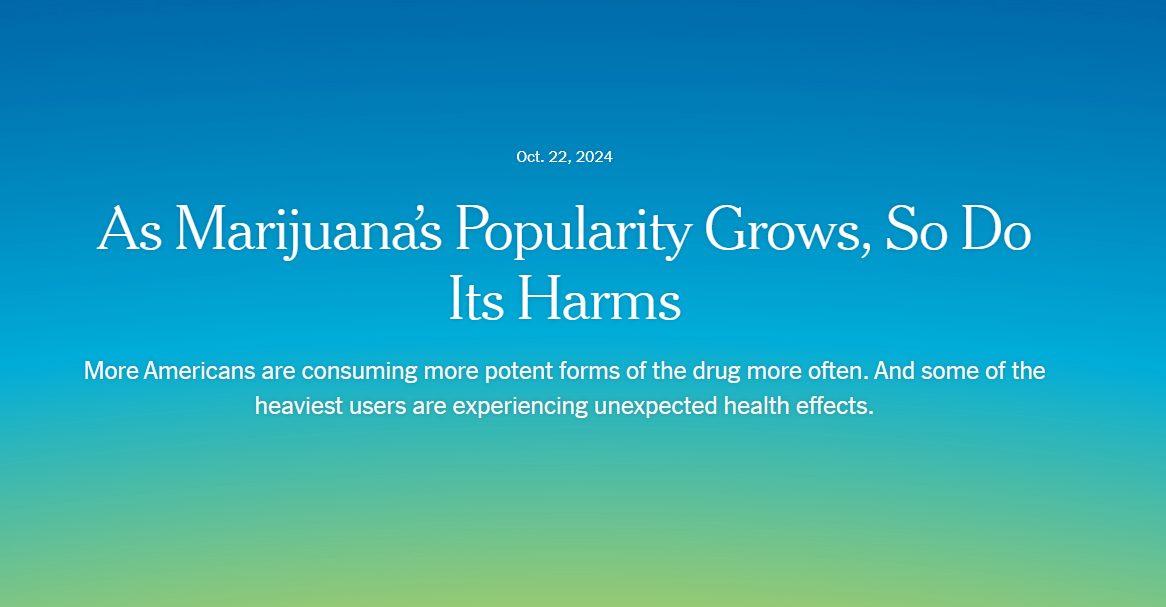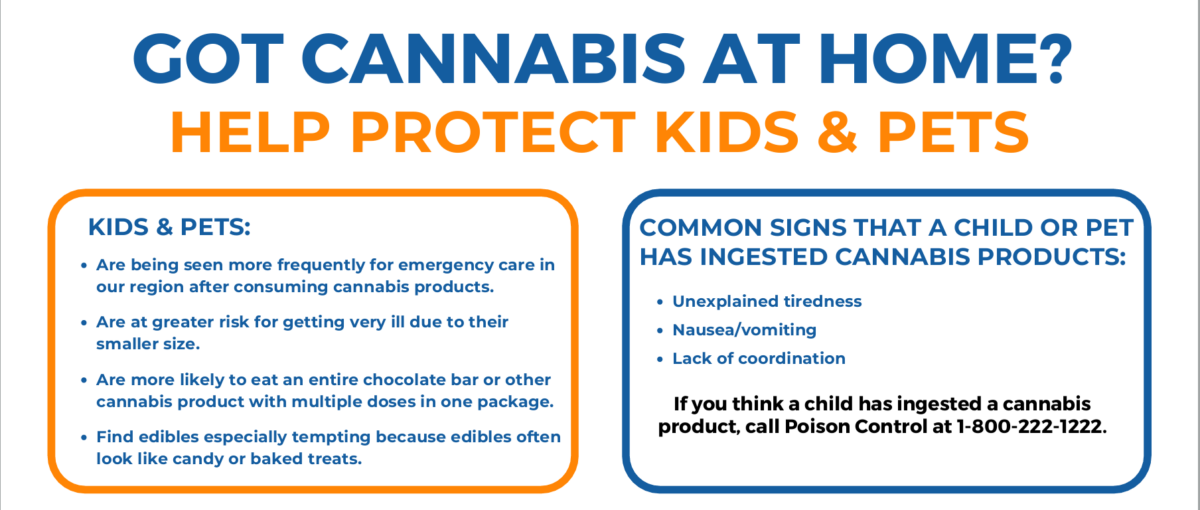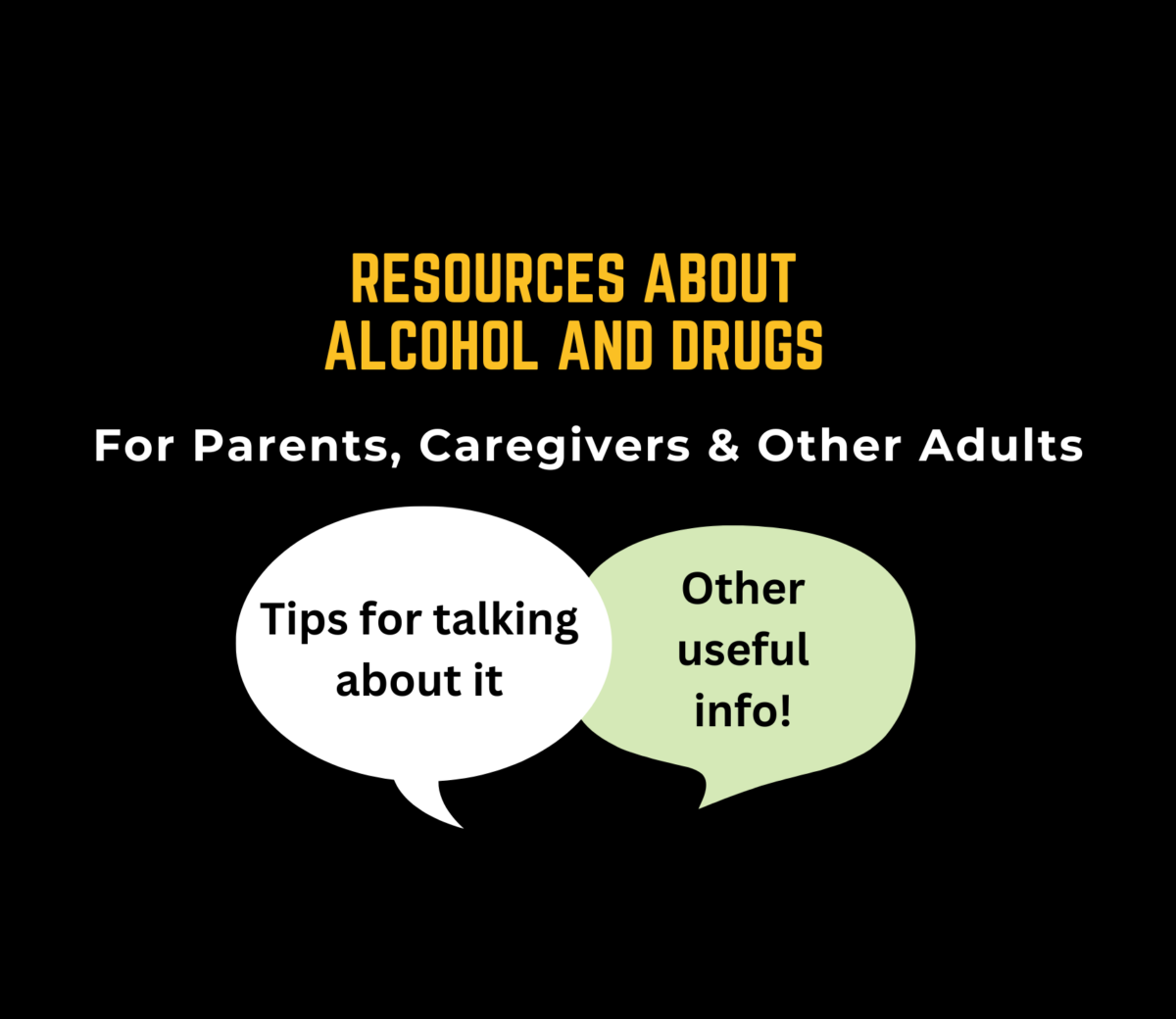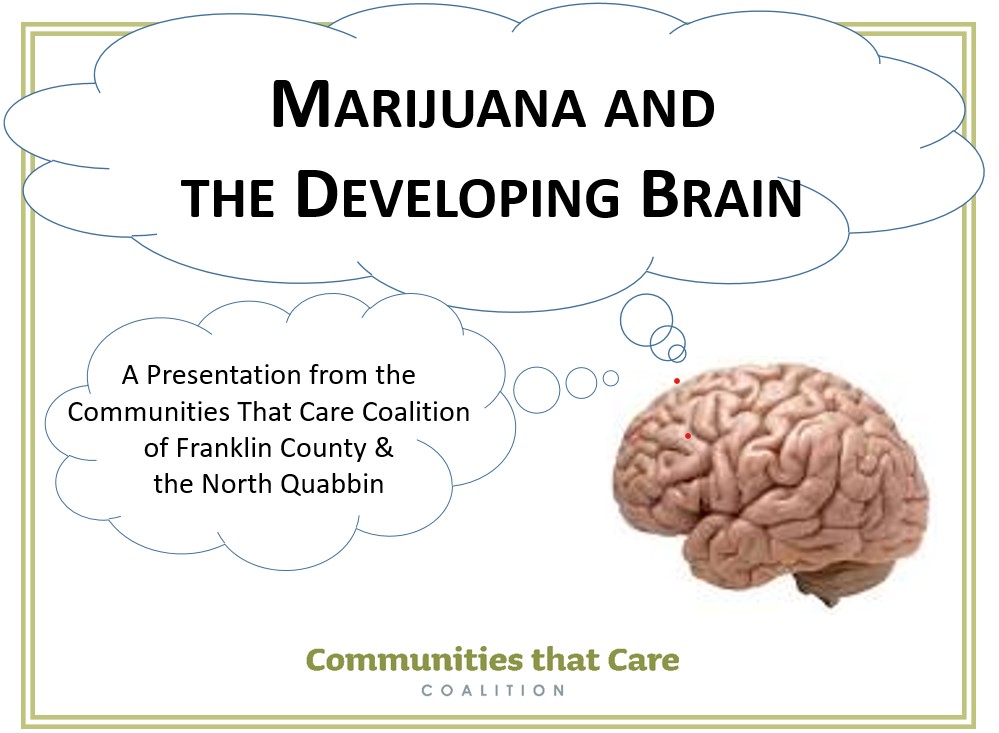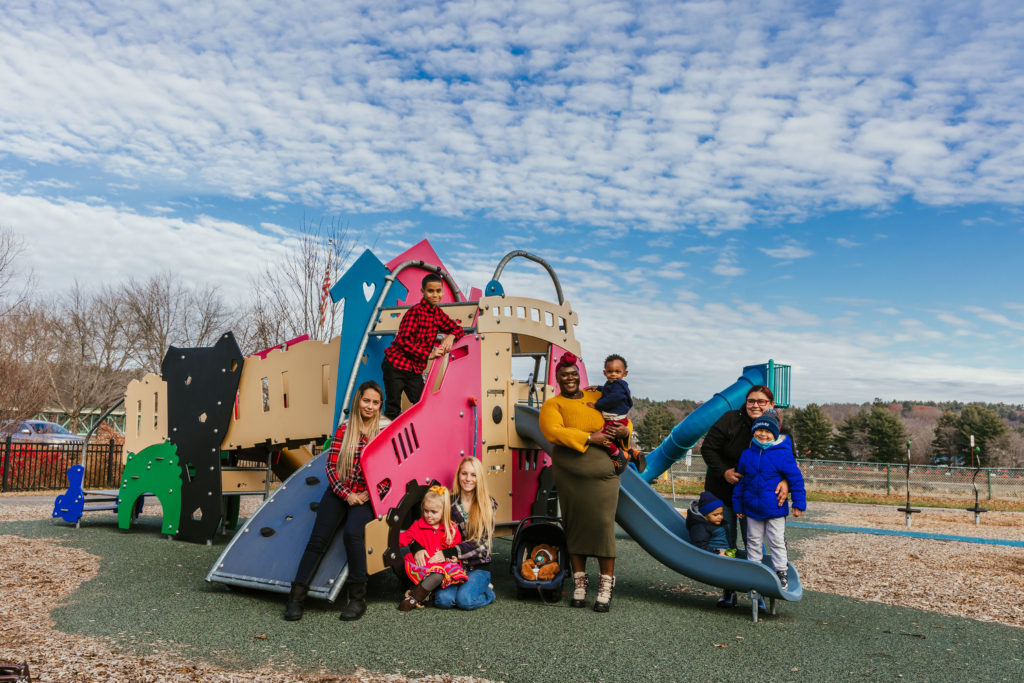National Prescription Drug Take Back Day happens twice a year, in April and October.
Here is some info about how to get rid of your unwanted medications and help youth to be more savvy about the risks of prescription medications and fake pills all year round.
What is National Prescription Drug Take Back Day?
On Take Back Day, community members are encouraged to bring their expired or unwanted medications and drop them off, no questions asked.
In our region, multiple police departments are open as drop off locations in Franklin County and the North Quabbin region.
Some departments have permanent drop boxes, and some are open just for Take Back Day.
Locally, the Northwestern District Attorney’s Office, the Opioid Task Force, and other organizations – including youth health and youth substance use prevention coalitions like ours – promote and support local efforts. Over 74,000 pounds have been collected since 2011!
Here is a great post from 2024 by Those Nerdy Girls about National Clean Out Your Medicine Cabinet Day, the thing we all need to do before bringing meds to drop off locations. It reminds us about how to make sure we find all the meds in the house, and it also includes the “flush list,” the list of the medications that are OK to flush down the toilet.
Find year-round drop locations at local pharmacies, hospitals, and police departments here.
Need to dispose of needles/sharps?
Most drop off locations don’t accept needles/sharps. The Sharps Disposal Program of Franklin County has multiple drop-off locations. Learn more here.
Is there any way to safely dispose of unwanted medications in household trash?
Although it’s often better for the environment to use a drop box location, you can also do it safely at home. The FDA recommends these steps for disposing of prescription and over-the-counter (OTC) drugs in pills, liquids, drops, patches, and creams:
- Remove the drugs from their original containers and mix them with something undesirable, such as used coffee grounds, dirt, or cat litter. This makes the medicine less appealing to children and pets and unrecognizable to anyone looking for drugs.
- Put the mixture in something you can seal (a re-sealable zipper storage bag, empty can, or other container) to prevent the drug from leaking or spilling out.
- Throw the container in the garbage.
- Scratch out your personal information on empty medicine packaging before throwing it away to protect your identity and privacy.
Why is Take Back Day important?
Proper disposal of unused drugs saves lives and protects the environment.
The majority of misused prescription drugs in this country are obtained from family and friends, often from a home medicine cabinet. Every year, unused or expired prescription medications lead to accidental poisoning, misuse, overdoses, and suicides. Medications can also pollute drinking water sources and soil when they are flushed down the toilet or put in the trash.
Talk with kids and teenagers about drugs and alcohol, including pills, cannabis, and nicotine.
Talk and connect with youth about drugs and alcohol:
The Talk. They Hear You. campaign is free and includes tips and app to practice talking with kids and teens about alcohol and drugs.
How to Connect with Your Teenager to Prevent Drug Use from The Partnership to End Addiction – concrete tips on staying involved and talking with youth.
Learn and talk with youth about the risks of fentanyl, which is being added to fake pills and other drugs:
Drop the F*Bomb is a campaign to help parents and caregivers talk with youth about the risks of fentanyl, including fake pills.
What else can we do to help year-round?
There are many ways to help prevent misuse, addiction, and overdose. Here are a few:
 When you are prescribed pain medicine after a surgery or medical procedure and think you won’t use all of it, you can request a smaller amount of medication – either a lower dose or fewer pills. If you are not sure, you can talk with the medical provider prescribing about the options.
When you are prescribed pain medicine after a surgery or medical procedure and think you won’t use all of it, you can request a smaller amount of medication – either a lower dose or fewer pills. If you are not sure, you can talk with the medical provider prescribing about the options.
 Lock up your medications and any other drugs, including cannabis. Lock boxes are available online and locally at Home Depot, the Turners Falls Aubuchon, and other locations. Locking up drugs can protect people and also pets.
Lock up your medications and any other drugs, including cannabis. Lock boxes are available online and locally at Home Depot, the Turners Falls Aubuchon, and other locations. Locking up drugs can protect people and also pets.
 Keep track of what you have, so you notice if anything is missing.
Keep track of what you have, so you notice if anything is missing.
 Clearly label medications and other drugs so they aren’t taken (or eaten) accidentally.
Clearly label medications and other drugs so they aren’t taken (or eaten) accidentally.
 If you think a person of any age or a pet has consumed medication that is not theirs or may have consumed too much, call the poison control center at (800) 222-1222 or call 911.
If you think a person of any age or a pet has consumed medication that is not theirs or may have consumed too much, call the poison control center at (800) 222-1222 or call 911.
 Talk with kids and youth about drugs and alcohol, including prescription and over-the-counter medication, fake pills, cannabis, and nicotine. See the yellow box above with great resources for learning about the issues and protecting the young people you care about.
Talk with kids and youth about drugs and alcohol, including prescription and over-the-counter medication, fake pills, cannabis, and nicotine. See the yellow box above with great resources for learning about the issues and protecting the young people you care about.
Sources: SAMHSA, NIDA, The Northwestern DA’s Office, the FDA, and listed resources.



